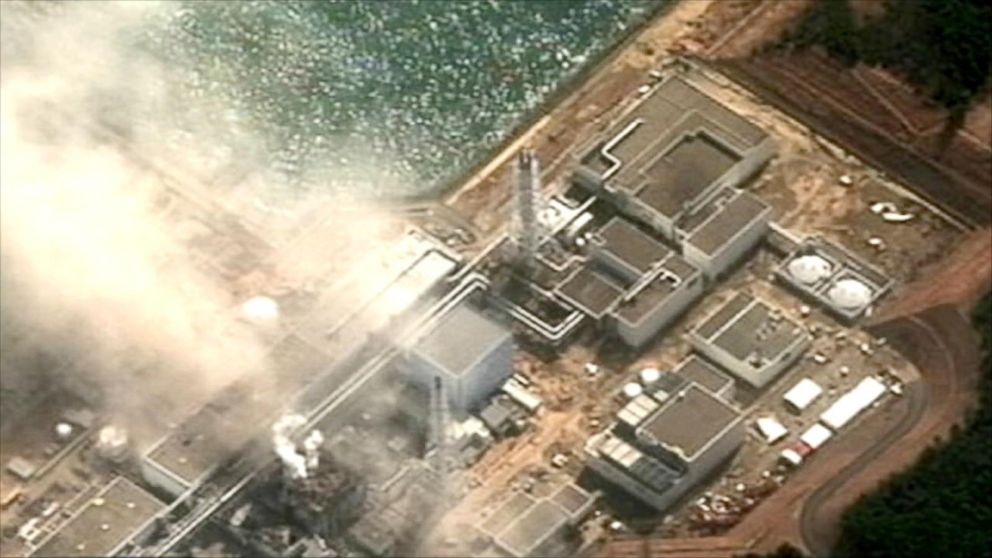

The Chernobyl disaster, for example, was caused by excessive pressure build-up that triggered an explosion, flinging radioactive material into the atmosphere and the local area. Again, while a meltdown is a “worst-case scenario,” it’s still a controllable event that these plants are built to contain. This isn’t the first option because it’s easier for sea water, which includes salt and other impurities, to become radioactive by absorbing free-floating particles.īut it was the last line of defense for the reactor, and it was successful in averting a nuclear meltdown. Rather than let a meltdown occur - which would have been caught by the third containment unit anyway - Japanese officials decided to flood the reactor with sea water to keep the rods cool.

Once the water level falls low enough to no longer cover the fuel rods, they heat up at a ridiculous rate - to the point that they will begin to melt. These were disrupted by the tsunami that followed the earthquake, forcing the plant to go to backup battery power while diesel generators were transported to the plant.Įventually, no power was available, and the water level within the reactor started to fall as it continued to produce steam. The earthquake knocked the nuclear plant off the grid, but it had diesel generators. Several disruptions in external power to the nuclear plant eventually made it difficult to pump clean water into the plant and keep the nuclear fuel cool. Japan’s nuclear reactors featured three containment units, the last of which is designed to “catch” falling nuclear material after a meltdown and keep it from burning its way into the ground. The nuclear reactor is housed in several containment units, where each serves as a protective layer and a fail-safe for the one before it. It’s a much cleaner procedure than a fossil fuel-fired power plant. That steam is used to power a turbine that then creates electricity. This lowers the probability of free-floating neutrons colliding with other uranium atoms, which would again create more heat and free-floating particles.Īs the water within the reactor boils, it turns into steam.
Inside nuclear reactor meltdown free#
Reactors like the ones in Japan are able to control it by inserting an alternative type of rod that absorbs free neutrons. This type of reaction is called a chain reaction, because once it begins it creates a cascading effect that can continue for a long period of time. Neutrons are also among those particles, which then go on to collide with other uranium atoms in the reactor to create more nuclear fission reactions. This reaction produces a tremendous amount of heat, which boils the water in the reactor, and several free particles. This happens when uranium atoms collide with other particles - typically a neutral particle called a neutron present in most atoms - and split off into smaller elements. Japan’s nuclear reactors generate heat through a process called nuclear fission. Other cleaner power sources, such as solar and wind power, are still in their infancy and are nowhere near as efficient as nuclear reactors.

This is pretty unfortunate, because nuclear power is one of the next best alternatives to fossil fuel-fired plants. senator Joe Lieberman made the call on CBS’ “Face the Nation” today. government is calling on the president to back off on nuclear power programs for at least a little while. So the results of the disaster in Japan have been completely blown out of proportion, to the point that the U.S. Nuclear power is not well understood by the general public and the media. Nuclear power is still one of the safest and cleanest ways to produce electricity - regardless of the doomsaying from the public and media after an 8.9-magnitude earthquake nearly caused a meltdown at the Fukushima Daiichi nuclear power plant in Japan.


 0 kommentar(er)
0 kommentar(er)
